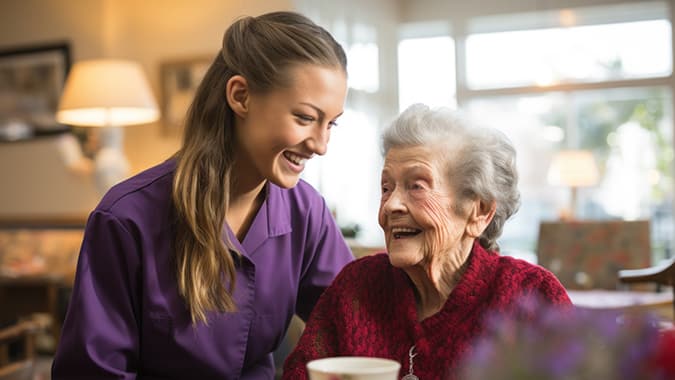Whether they are on the front lines of the COVID-19 response now or not, New Jersey’s 34,000 nonprofit groups are shifting priorities during this public health emergency to quickly respond to the immediate needs of the people they serve. Just as important, however, is charting their path forward.

“You may not be on the front line now, but in the weeks, the months and the year ahead your roles will transition,” Heather Barberi, the executive director of the Grunin Foundation, told more than 100 nonprofit leaders who connected virtually for an NJBIA zoom video conference meeting on Tuesday.
Barberi said the COVID-19 emergency has required her organization to pivot from its mission of driving economic development in the central Jersey Shore area with funding for arts, education and healthcare programs to instead deal with the more immediate need for food and medical supplies.
“During this time, our priorities obviously have shifted, as have many funders throughout the state and country,” Barberi said. “We decided very quickly that our first phase of support would be to front-line organizations serving basic human needs. Up to this point we’ve distributed about $650,000 in COVID-related grant funding and we know that this is going to be a long process with multiple phases.”
Kathy Durante, the executive director of the Ocean First Foundation, said her organization has already allocated $250,000 to organizations providing food, behavioral health, personal protective equipment and other services to meet immediate needs. But the landscape for the rest of 2020 has changed, and just as was the case with Superstorm Sandy, nonprofits must start planning for what comes next.
“One of the key messages that I would share with you today is that you want to keep in touch with the organizations that have traditionally supported you, and new organizations out there,” Durante said. “There are a number of recovery funds emerging that are specific to COVID-19 response and relief.”
Barberi agreed, saying nonprofits need to move beyond the initial “shock stage” to take stock of what relief funding is available from government and other funding sources so they can plan for the future.
“I encourage all of you if you have funding partnerships, and your work has changed, to reach out to your funders,” Barberi said. For example, if the school-based program a nonprofit typically provides cannot be funded right now because schools are closed, it’s time to have conversations about “pivoting that funding to something else and then extending the grant another year,” Barberi said.
NJBIA President & CEO Michele Siekerka and Chief Government Affairs Officer Chrissy Buteas updated the group on progress being made on policy initiatives that NJBIA and a coalition of more than 50 leading business and nonprofit associations are supporting to address the economic impacts from the COVID-19 pandemic. Some of those state initiatives were signed into law by the governor Tuesday night.
“It’s a dynamic time right now and things are moving fast,” Siekerka said. “We are continuing to push for policies to keep resources available to you, keep money in your pocket, and do the best we can to keep you operational.”
Buteas said NJBIA is also working closely with New Jersey’s congressional delegation to push for a second rounding of funding for the federal Paycheck Protection Program and Economic Injury Disaster Loan program, as well as more funding for nonprofits.
NJBIA is also asking state leaders to use federal relief funding to provide more money for the New Jersey Economic Development Authority’s Small Business Emergency Assistance Grant Program, Buteas said. The $5 million fund was so overwhelmed with applications that the money was gone within an hour of the program going live on April 3.
Buteas said NJBIA also wants the program expanded to include more types of businesses, as well as those with more than 10 employees. The first round of grants were restricted to businesses with 1–10 employees and limited to businesses with one of six specific NAICS classification codes.




